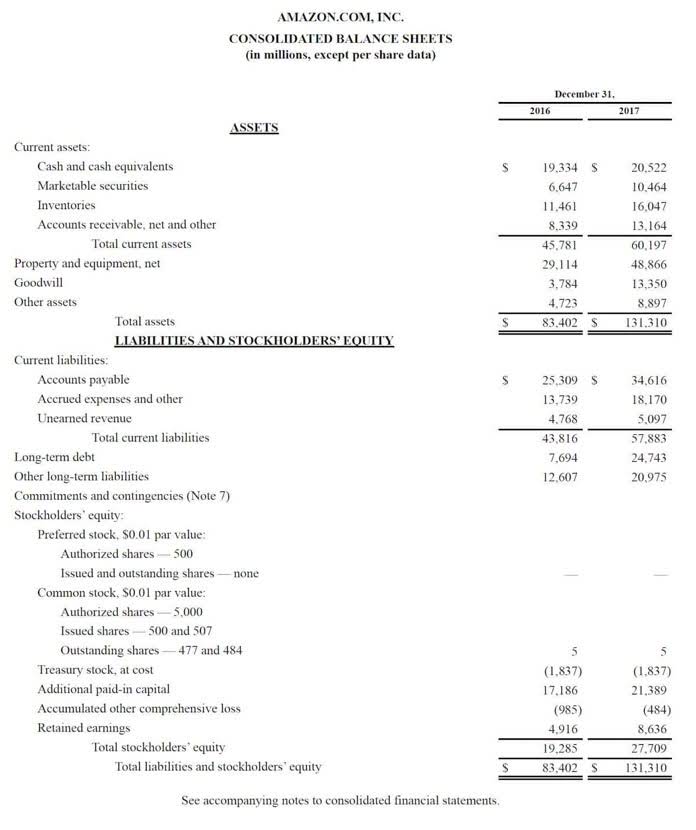
A contra account plays a significant role in business by providing a clearer, more detailed picture of the financial situation. They ensure that the assets, revenues, and equity reported are not overstated, and that liabilities are presented in relation to any discounts or premiums. This transparency helps in accurate reporting, better decision-making, and instills greater confidence among investors and stakeholders. contra revenue Contra equity accounts, those intriguing components in the equity section of the balance sheet, reflect transactions that reduce the total equity available to shareholders. The most common one you might encounter is treasury stock—where companies buy back their own shares.
- By embracing contra revenue accounts, you’re not just ticking a box for compliance—you’re equipping your business with the tools for smarter, data-driven decision-making.
- With the right tools and the wisdom of the community, managing contra accounts becomes a seamless part of your accounting routine.
- The company estimates that it will not be able to collect 1,000 from its customers.
- By understanding their impact on key financial ratios—such as gross margin, net profit margin, and return on sales—businesses can better navigate their financial landscape.
- Again, the company’s management will see the original amount of sales, the sales discounts, and the resulting net sales.
- By using contra revenue accounts, businesses can maintain a more honest and detailed record of their financial activities, leading to better-informed decisions and more accurate financial statements.
- By using contra accounts, companies can provide a more accurate representation of their financial position in their financial statements.
Financial Accounting for Rebates

Contra accounts are used to reduce the value of the original account directly to keep financial accounting records clean. trial balance The allowance method of accounting allows a company to estimate what amount is reasonable to book into the contra account. The percentage of sales method assumes that the company cannot collect payment for a fixed percentage of goods or services that it has sold. Moreover, businesses can avoid the harsh lights of compliance issues and investor skepticism with a clean, transparent ledger. Accurate contra account use also smoothes out budget forecasting and financial planning, as businesses are not caught off-guard by suddenly realized losses or overstated assets.

Advance Your Accounting and Bookkeeping Career
It requires a meticulous approach to ensure that the revenue reported is not overstated and that future financial projections are reliable. Using contra accounts in financial analysis can provide valuable insights into a company’s management and transparency. By showing adjustments and reductions made to certain accounts, investors and analysts can better understand a company’s financial health and potential risks.

Understanding Contra Revenue Accounts: Key Examples
- This approach provides valuable insights into customer satisfaction and product quality, as high return rates might indicate issues that need addressing.
- This lesser-known but essential element helps businesses accurately report their net sales by offsetting gross revenue with returns, allowances, and discounts.
- For instance, when a company buys back their own shares, they register them in a ‘Treasury Stock’ contra equity account, which reduces total shareholders’ equity.
- A revenues account with a debit balance instead of the usual credit balance.
- Cash discounts serve as an incentive for customers to pay their invoices early.
Consequently the net balance of the two accounts shows the net value of the sales made by the business for the accounting period. These practices help streamline accounting processes and enhance strategic decision-making based on accurate data. Return on sales (ROS) is a measure of operational efficiency and profitability calculated as net income divided by sales.
- Whether you’re managing sales returns, allowances, or discounts, understanding these accounts helps you gain valuable insights into customer behavior and the effectiveness of your pricing strategies.
- It usually has a debit balance and is a helpful tool for the company to know the product specifications, whether it is optimum or not, as per customer requirements.
- Any products that are sold at a discount or returns are deducted from gross revenue to produce net revenue as the top line on the income statement.
- Examples of contra accounts include accumulated depreciation, allowance for doubtful accounts, and sales returns and allowances.
Effect on Net Profit Margin
Therefore, companies must regularly review and adjust their rebate liability estimates to align with actual customer behavior and claim rates. The Sales Discounts account records reductions in price offered to customers, often for early payment or bulk purchases. Contra accounts are a type of account used in financial analysis that offsets the balance of another account. They are used to provide transparency in accounting by showing adjustments or reductions made to certain accounts. Contra accounts provide more detail to accounting figures and improve transparency in financial reporting.

This entry reduces your revenue without changing the original sales figure, giving a clearer picture of your actual sales performance. This approach Bookkeeping for Veterinarians allows ABC Furniture to track customer satisfaction issues and their financial impact separately from regular sales. For example, if a company has a negative balance in its bank account, it can create a contra account to offset the negative balance.

